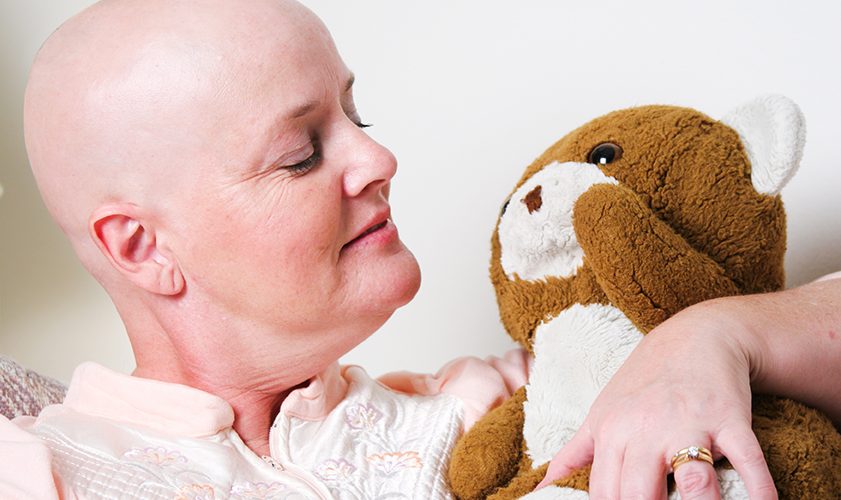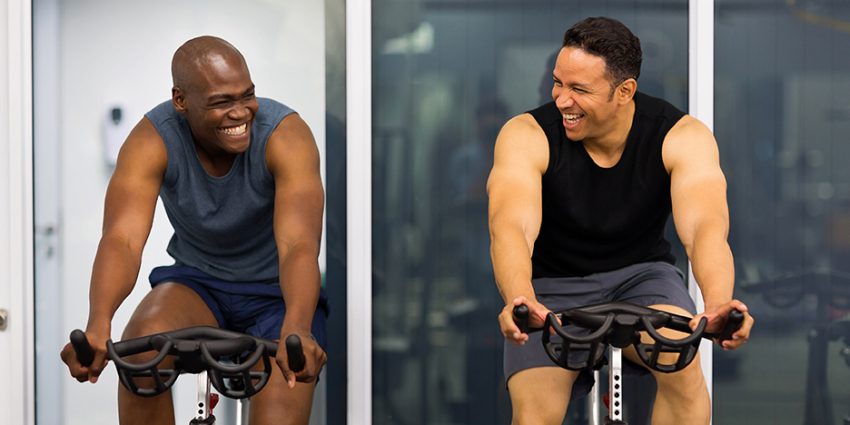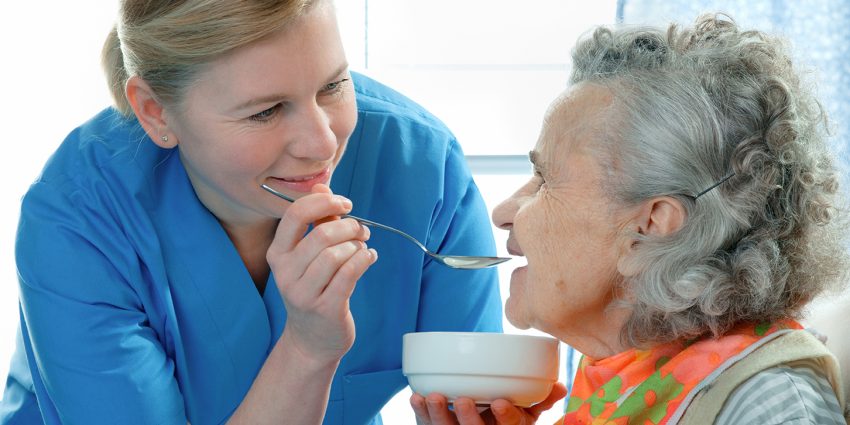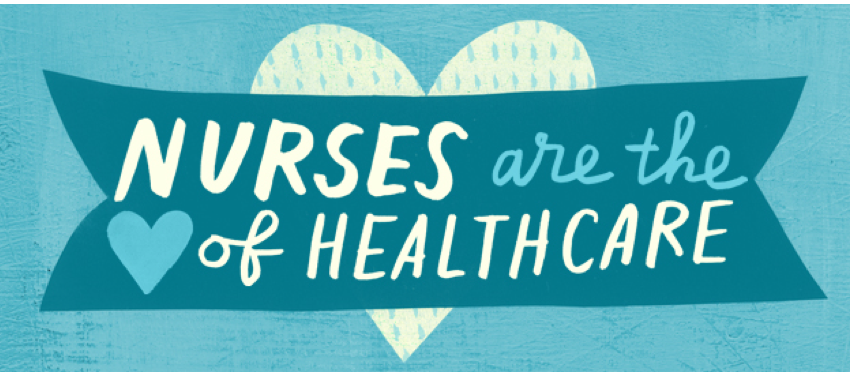Post Views: 2,589
ViewsMy Experience with Enuresis (Bed-wetting)
By Paul Watson RN DipHE, BA (Honors), SCPHN(SN), PSHE, PGCE, PGDip, QTLS
Over the years, I have become increasingly concerned about the quality of the enuresis services being delivered to children that need support and investment in their needs. I have been lucky enough to have completed a good quality of enuresis training courses and followed this up by running my own clinics.
For a short time, I was an Enuresis Facilitator for the county that I was working with at the time, which allowed me the opportunity to assess the quality of the service, as well as service demand and success criteria. This was to become the start of my obsession with trying to “Build a better service,” which took the form of a computerised programme to assist the practitioner through the process by delivering a first-class, consistent service.
I later moved into the position of managing the School Nursing and Health Visiting Service within the county that I worked in and decided to review how the service was being delivered to this new area. In this trust, like many others, the service was being delivered in an ad-hoc manner, often delivered on different days of the week in different rooms, with these dates dictated by the availability of the room.
It became apparent that this service was not being considered as a professional or consistent service, and as a result, many other programmes were taking priority over room bookings, pushing the Enuresis clinic to inappropriate rooms in inaccessible locations.
I reviewed the needs of the service and found that there were 184 children registered with the service, being seen in two clinics within the area. On investigation of these clients, it was evident that the service that had been offered to them was not consistent or effective, with many of them in the service for more than a year and quite a few having been seen for the past two years.
I decided to intervene and took over the Enuresis Service in this area, coordinating and delivering the Enuresis Clinics myself with the assistance of a staff nurse. I was determined to have the service seen as a professional and reliable service. The first part of this change was to book decent clinic rooms in an appropriate environment, on the same days each week. This resulted in the continuity that was needed to show that this service was growing and improving.
The second stage of change was to review the caseload and assess the client’s needs; as a result of this assessment, the caseload was reduced from 184 to 120 with the discharged patients being discharged due to the work being completed. Some patients were referred on to other specialists, and others were given advice for further home care, or discharged back to their GP. At the same time that I was re-working the enuresis service, the trust was starting to implement System 1 and choose and book (a computerised clinic system), and it was agreed that the enuresis service would be an early implementer.
The Enuresis Programme
There are many enuresis protocols used by different health trusts that have been produced by staff who believe that they know what is best for enuretic children. Whilst these would claim to have been written, following the National Institute for Health and Care Excellence (NICE) guidance, it has been my unfortunate experience that too often the NICE guidelines have been misinterpreted or these policies have not been followed properly within the clinic.
I looked at the NICE guidance and felt that (as you would expect) there was nothing that I could do to improve the policy, so I decided to put it into an electronic algorithm. I took all of the recommendations from the NICE guidance and combined this into a programme with referral letters, patient leaflets, charts, posters and everything that would be needed to provide a first class service.
As the practitioner uses the programme, they are guided through the decision-making process for each patient, guiding them to the advice and support needed to deliver the optimal treatment. The practitioner is then able to reinforce this advice with the integrated handouts and advice sheets, completing the session, if necessary with referral letters or GP letters before the patient has left the clinic.
The use of this programme resulted in the reduction of clients in the trial clinic, from 124 to less than 30, in a period of just twelve months. I believe that there were several factors that resulted in this dramatic reduction in caseload numbers. There was a rise in the profile of the service with set clinical days, suitable clinical rooms, professional computerised records and a booking system. I would like to think, however, that the new ways of working that resulted from the computer programme came from the first class advice, support and appropriate discharge or referral that the service brought.
One part of the programme that I strongly believe has significant benefits is the new shortened holistic assessment process; this also provided a tick sheet for the patient to take away with them, whilst being an aide for the practitioner. This tick sheet and assessment was my interpretation of the basic advice recommended by many other professionals who have completed work in this area. One difference that I added in, having never seen it anywhere else, was for boys to have the last wee of the night sitting down and not standing; and that if a wee is needed at night they should be sitting down. The reason for this has been difficult to prove (apart from anecdotal evidence of the success of this clinic), other than my own experience as a boy and man.
My belief is that sitting allows a better opportunity to fully empty the bladder and reduce the likelihood of residual volume remaining; secondly, I believe that there is also a greater tendency for the child to pass a motion (in fact this was encouraged). Where the child consistently goes to bed with an empty bowel and bladder, they are more likely to respond to the stimulus of a full bladder, following a short period of training. This advice, along with several other basic hints and tips, resulted in many children being dry every night in as few as three weeks, having rarely been dry since birth!
Conclusion
I believe that all of the knowledge, advice, and evidence is there for any practitioner to use in their clinical sessions if they choose to use them in a professional and consistent manner. I put the success of this clinic down to the fact that I was able to raise the profile of the service and deliver it in a professional and consistent manner, in line other clinics, such as dental or podiatry. The ability to have all of the documentation, such as advice sheets, charts and referral letters, at-hand on the computer and personalized for the child to take away, as well as referral letters and GP letters, made the system work smoothly for the practitioner and the patient. It was also a huge benefit to be able to use the choose and book system and System 1 to book the next appointment with the patient there and then, as a result, the Failure To Attend (FTA) rate fell dramatically, even during school holidays.
In summary, if enuresis is taken seriously and given the respect of other patient-based services it can, and will be, a first-class service that delivers top quality advice and support, which can reduce patient anxiety and clinic times. This will result in a happy and satisfied community and a happy NHS, as the cost saving should start to show very soon, with reduced caseloads needing less clinical time and fewer patients needing interventions, medication or referrals.
My Points to remember
- The patient must want to get dry
- The environment must be stable enough to support the child
- Have 6-7 drinks per day.
- No dark drinks or fizzy drinks after 16:00
- Limit fluid intake to almost nothing after 18:00 (depending on bedtime)
- Wee before sleep (not going to bed, wee, following story TV etc)
- Boys wee sitting down.
- Positive thoughts (look in the mirror and say “I’m going to be dry” out loud 10 times)
- If wet at night, help to change the bed
References
Butler, R. J. (2006) Nocturnal Enuresis Resource Pack. Education and Resources for Improving Childhood Continence. Fifth edition.
Butler R.j., Brewin, C.R., & Forsythe, W.I. (1986). Maternal attributions and tolerance for nocturnal enuresis. Behaviour, research and Therapy, 24: 307-312.
Dobson (2006) Nocturnal enuresis: systems for assessment and treatment
http://www.nursingtimes.net/nocturnal-enuresis-systems-for-assessment-and-treatment/201366.article#)
Forsythe, W.I., & Butler, R.J. (1989)Fifty years of enuresis alarms. Archives of Disease in Childhood, 64: 879-885.
NICE (2010) CG111 Nocturnal enuresis – the management of bedwetting in children and young people: full guideline http://www.nice.org.uk/guidance/CG111/guidance/pdf/english)
2 comments on My Experience with Enuresis (Bed-wetting)
Leave a Reply
My Experience with Enuresis (Bed-wetting)
By nurseadvisorofficial
“Over the years, I have become increasingly concerned about the quality of the enuresis services being delivered to children that need support and investment in their needs.” Read on to learn more about INA Member Paul Watson’s experience with enuresis.














BE CAREFUL of crypto platforms promising huge returns. They lure people into fake programs. I lost 198,450 USD last year. While researching on how to recover my funds, I came across several recommendations on the Bitcoin Abuse Forum about HACKERSTEVE. I contacted him via his email on hackersteve911@gmail.com | https//hackersteve.great-site.net/, and he helped me recover all my funds. If you’ve also been a victim of financial scams, don’t hesitate to get in touch with him.
BITCOIN RECOVERY TESTIMONY: How I Got My Funds Back After a Major Crypto Theft.
Earlier this year, I went through one of the most devastating experiences of my life— My digital Asset wallet was compromised in what cybersecurity experts refer to as a “Dark Skippy” attack. It was a highly advanced and stealthy breach that completely wiped out my crypto portfolio in total of $1,425,000.
The sense of loss and helplessness was overwhelming. I had no idea how it happened so quickly and worse.
I didn’t know if I’d ever see that money again. I spent weeks looking for solutions— contacting platforms, forums, and supposed “recovery agents,” most of whom turned out to be scams themselves.
Then, I came across a company called TROJANHACK Cyber Security Company, and everything changed.
They were professional, highly knowledgeable, and transparent from the very start. Using the latest in advanced hacking software and forensic tools.
they were able to track the stolen funds across several wallets and trace the movement of my crypto with impressive accuracy.
Their team not only located the stolen assets but also successfully recovered every last bit of it.
More than just recovering my funds, they went a step further by helping me secure everything through advanced wallet protection strategies. They even provided me with basic cybersecurity training, so I now know how to better protect myself from future attacks.
Thanks to TROJANHACK, what started out as a financial disaster turned into a full recovery. I’m beyond grateful, and the least I can do is recommend them to anyone out there going through the same nightmare.
If you’ve lost crypto due to hacking or scams, don’t lose hope. I’ve been there and I got it all back. You can reach them via email:
Trojanhack@qualityservice.com
Or via Telegram ID: TrojanhackQservice